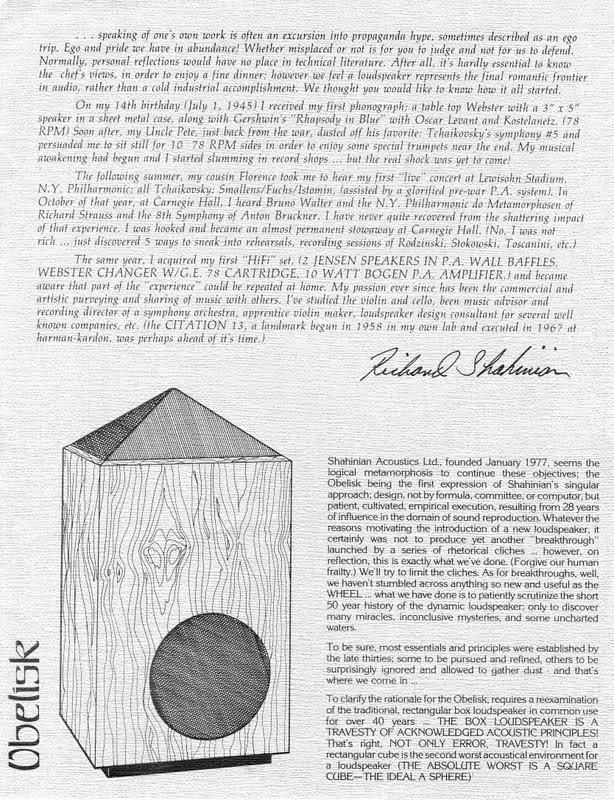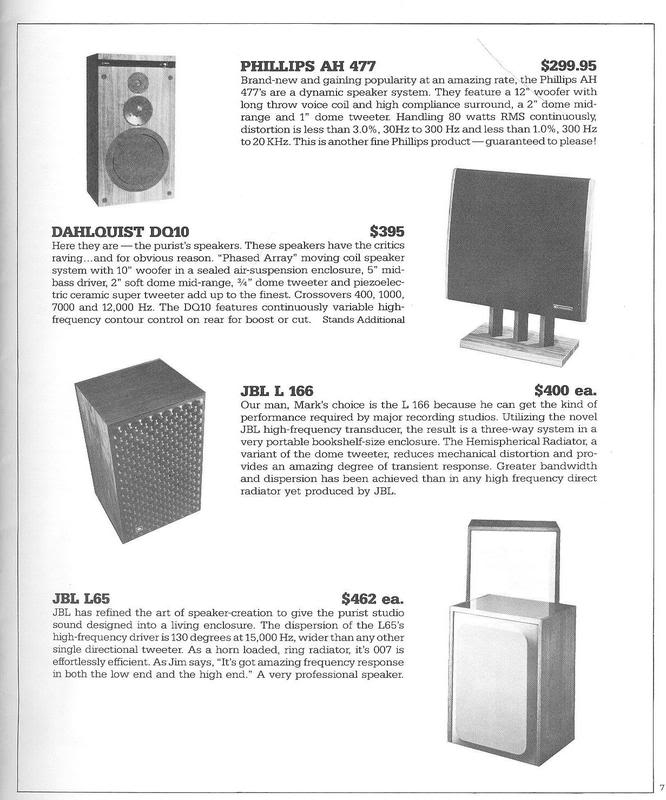- Joined
- Jun 19, 2018
- Messages
- 6,652
- Likes
- 9,408
That particular null is relevant only to the bats and cats.
At 15° off-axis, yes. But look at how it moves lower and lower down in frequency as one moves further off-axis.
That particular null is relevant only to the bats and cats.
At 15° off-axis, yes. But look at how it moves lower and lower down in frequency as one moves further off-axis.
After 45 deg I don't think they play a major role in our perception, and that one is at 7kHz. Not very good, but not a complete disaster either. My bet is that it would sound better than it looks on the graphs.
What are the benefits exactly?
Well I didn't say there are benefits, did I? All I said is that it would sound better than it looks on the graphs.
...but worse than a properly designed speaker
Can't all 3 be integrated into a coherent array with amplitude shading and/or delay on the assist pair? Advantages compared to a single tweeter would include vertical control to a lower frequency, lower XO point, better tweeter SPL/THD on the low end. If that's Sony's approach, they could produce much better results with this new DSP speaker than with the passive that Stereophile measured...What your explanation has glossed over with the respect to the Sony, however, is that the output from the "assist tweeters", having a centre-to-centre distance of approximately 3.5cm, will interfere with each other destructively even small distances vertically off-axis.
View attachment 64968View attachment 64969
Some well known odd speakers which look like they were brought back from the future.View attachment 64973
A well known vintage model for those old enough to remember.
That is OK. I tend to reply as I did when anyone criticizes a statement made by a Stereophile writer and attributes it to many or all of us. A sensitive point for me.
Look like they came out of a comic book.
I think tweeter-woofer bookshelf design are like cars--it is the result of many decades of iteration that settled on a near optimal compromise. Sure, there are 6 wheeled cars, 3 wheeled cars, cars with rear wheel steering, all wheel drive, rear wheel drive, 2, 4, 6 seats, whatever.
But globally, most popular cars has four wheels, front wheel drive, four cylinder engine, in a two or 3 box configuration.
The research on sound reproduction says flat frequency response and wide directivity sounds the best, and it seems like 2-way bookshelf can deliver that at low cost.
Efficient? Yes. Boring? Yes.
Personally, I like boring and efficient. The most exotic thing I own is a Kinesis Advantage2
Nice loudspeakers -- and in production for a long time.The obelisk. Met Dick Shahinian many many moons ago, interesting guy.
View attachment 64985View attachment 64985
 shahinianpg1 by Mark Hardy, on Flickr
shahinianpg1 by Mark Hardy, on FlickrThese alternatives are mutually exclusive. Ferrari, by intent, makes bad hearing. (Just try.)I tend to agree, and it explains why most of the speakers listed in this forum are of the type that beg you to ask: do I buy these speakers, or a Ferrari?
meh, IMO.How good WAS the DQ10 BTW?
 AH477etc by Mark Hardy, on Flickr
AH477etc by Mark Hardy, on FlickrI've heard these a few times, they are so off sounding it took a few goes in different rooms for it to sink in just how much I didn't like them. Truly mystified how they have a following.The obelisk. Met Dick Shahinian many many moons ago, interesting guy.
View attachment 64985View attachment 64985
Can't all 3 be integrated into a coherent array with amplitude shading and/or delay on the assist pair? Advantages compared to a single tweeter would include vertical control to a lower frequency, lower XO point, better tweeter SPL/THD on the low end. If that's Sony's approach, they could produce much better results with this new DSP speaker than with the passive that Stereophile measured...
I can't argue with most of that.
A 3-driver array still strikes me as able to control vertical dispersion significantly. Consider a ~4" ribbon tweeter's vertical lobe. But I hadn't realized the 14mm size - that's unlikely to to help anything else, and it's a bizarre design choice for an array that uses more drivers at lower frequencies. And if Sony's using a different kind of array, well...
I believe we're on the same page about this design, but perhaps the measurements will astonish us.
